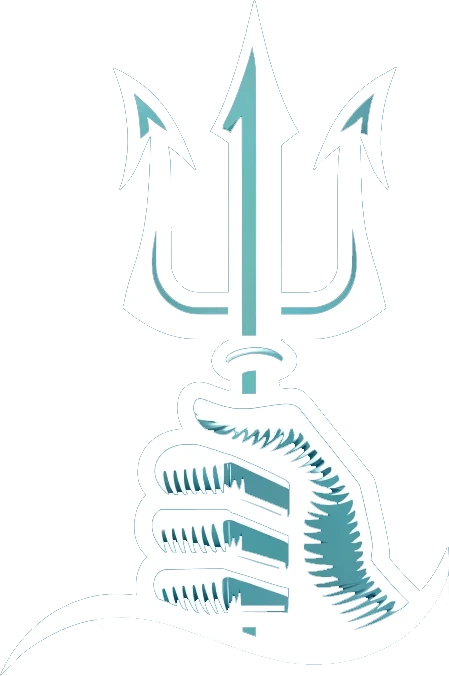Apparently, the water sample collection method was partially copy-pasted from other authors and then modified. Particularly, the sampling depth was changed roughly one thousand times.
Compare Epova et al:
“The samples of Vostok water were collected from the 5G borehole having GPS co-ordinates 72.28° S 106.48° E [6] by using a heat drill head fitted with joined sections of a 10-inch (25.4 cm) steel auger to create the sampling hole in the 3539 m lake ice cover (Figure 1b). Water samples were collected in a 5 L Niskin sampling bottle and transferred to completely filled polypropylene tubes with screw caps (15 mL each) that had been previously rinsed with a 10% HCl solution and rinsed 10 times with distilled water. All samples were kept in a refrigerator (+4 °C) in the dark until used for seeding (~1 month).”
with Vander Schaaf et al (doi 10.3390/microorganisms3030391):
“Lake Vanda water samples were obtained at coordinates 77°31.685′ S/161°35.425′ E by using a gasoline-powered drill head fitted with joined sections of a 10-inch (25.4 cm) steel auger to create the sampling hole in the ~3.5-m lake ice cover. Water samples were collected in a 5 L Niskin sampling bottle and transferred to completely filled PVC or polycarbonate Nalgene™ bottles that had been previously washed with a 10% (v/v) HCl solution and thoroughly rinsed with distilled water. All samples were kept cold (~4 °C) but unfrozen in darkness from the time of their collection.”

